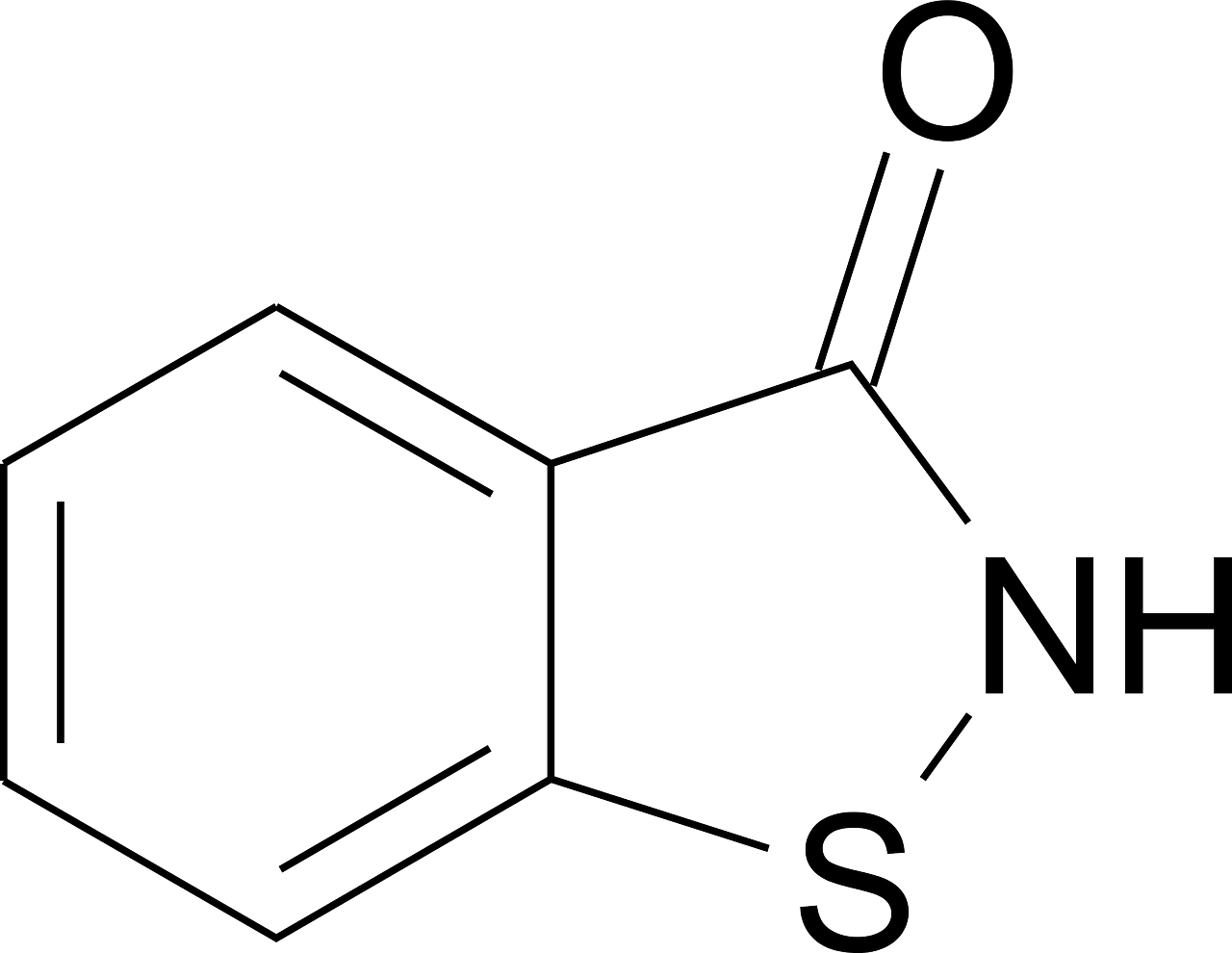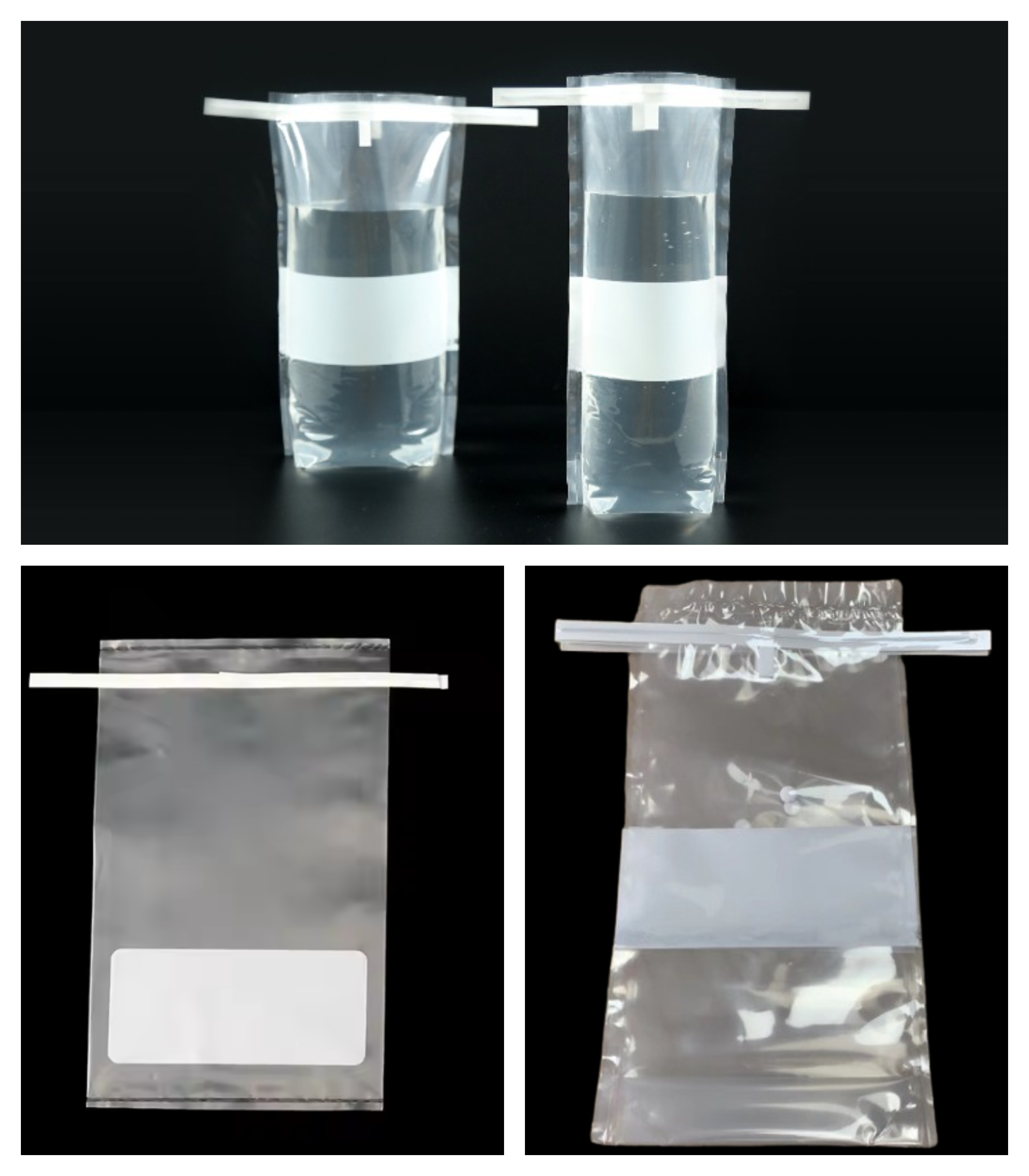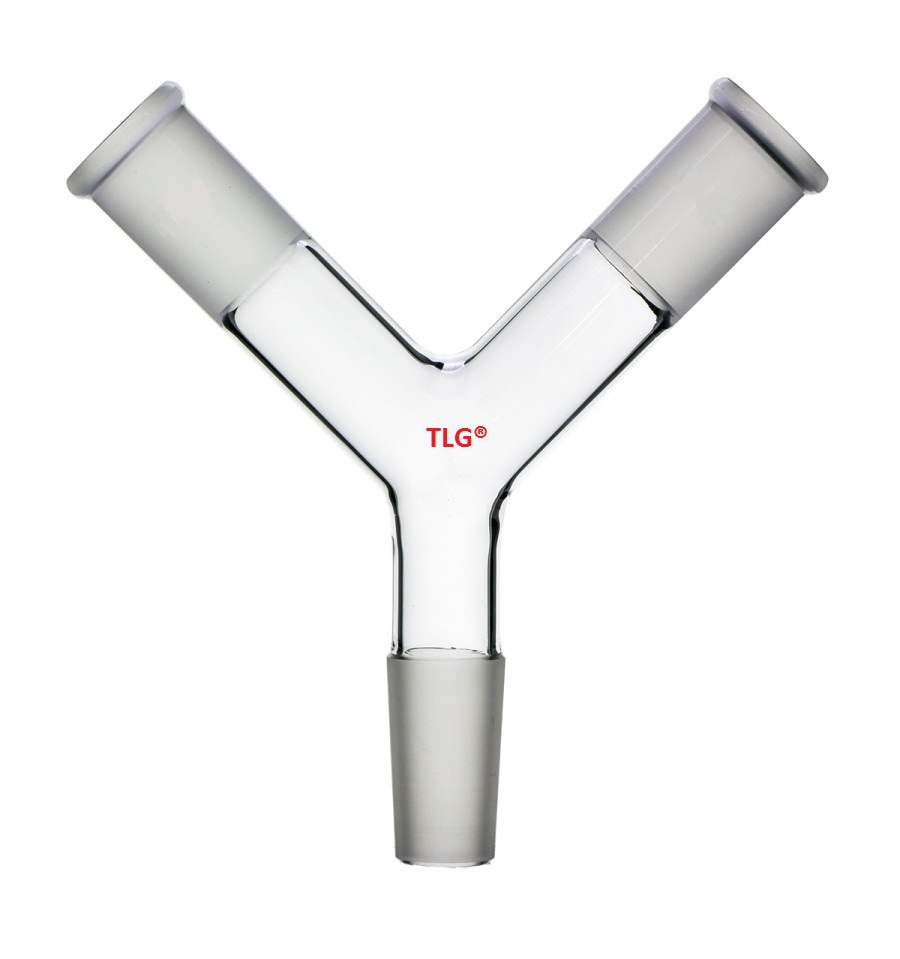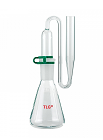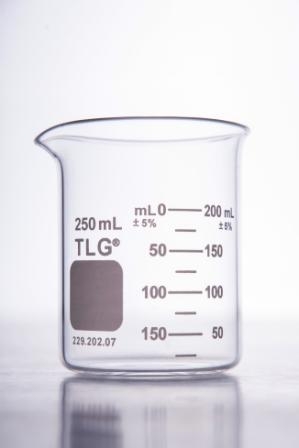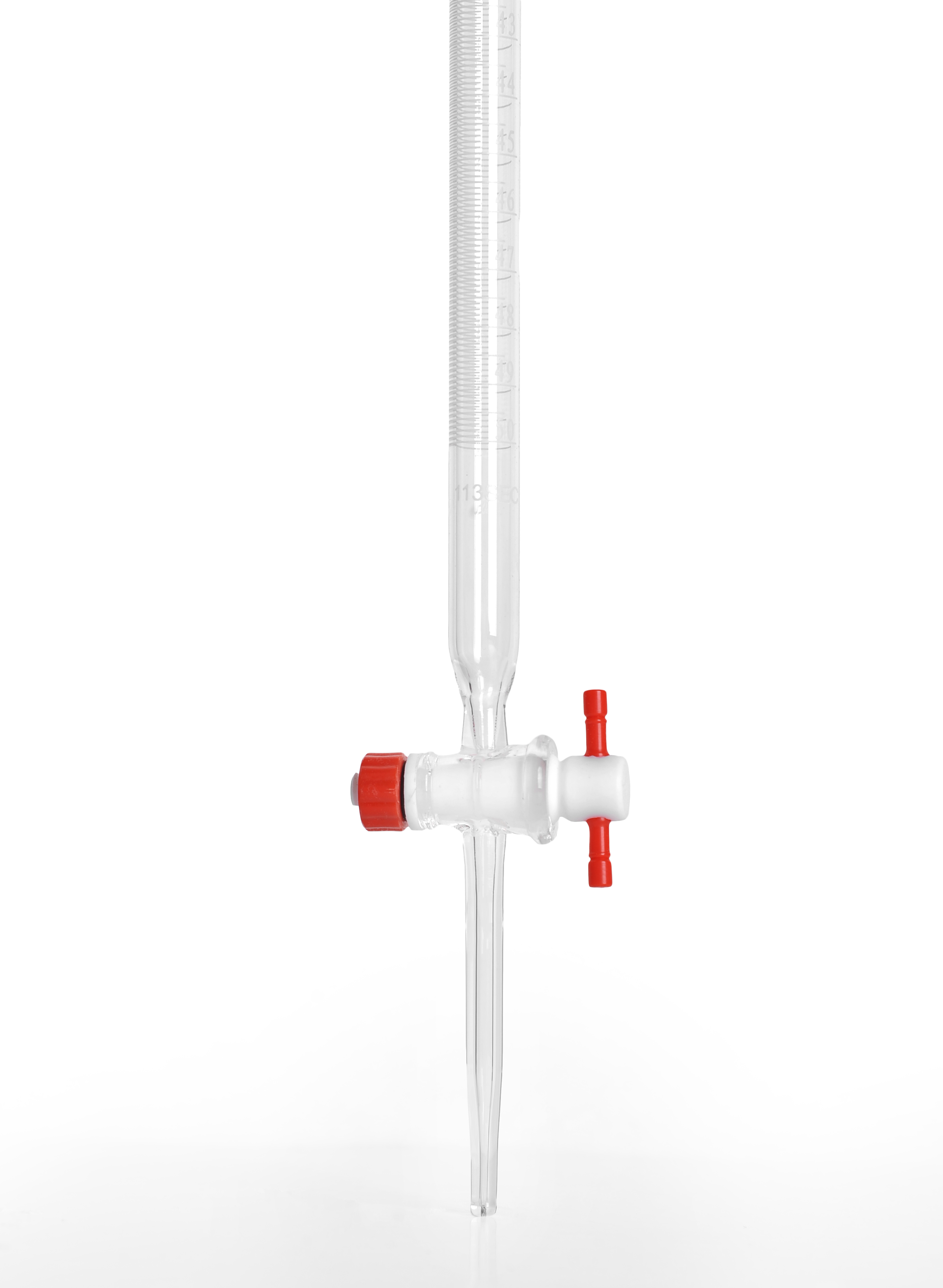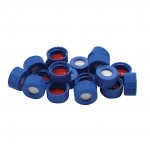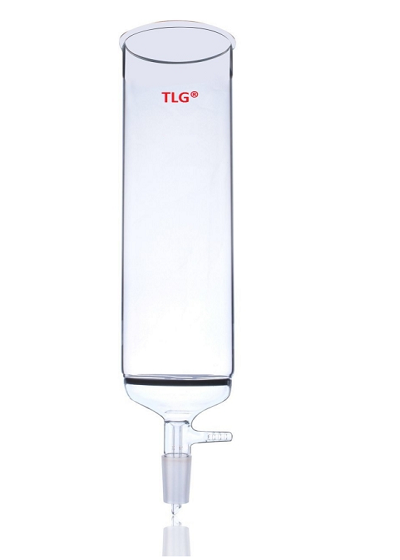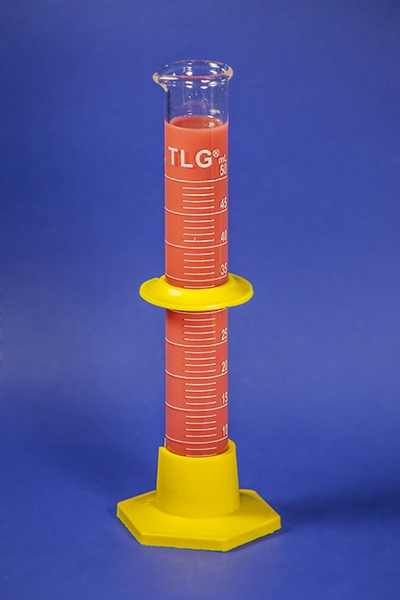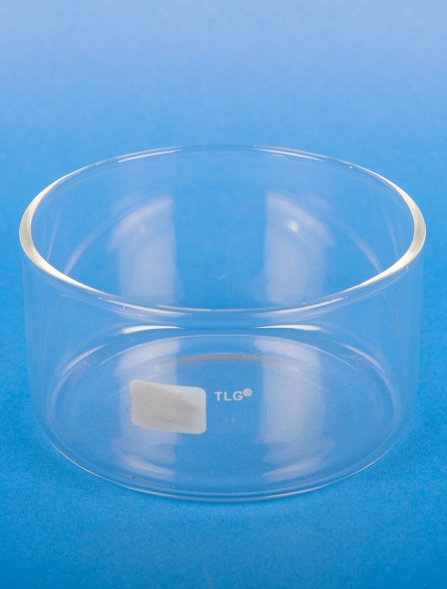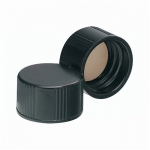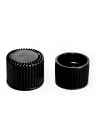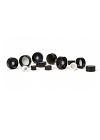A PTFE (polytetrafluoroethylene), also referred to as Teflon, liner or layer is incorporated into a PTFE cap, a closure that is frequently used for bottles and containers. Strong acids, solvents, and high-purity chemicals are just a few of the materials that may be stored in this liner due to its exceptional chemical resistance. PTFE is a popular material for closures because of its non-stick qualities and capacity to form a tight seal with minimal moisture transmission.
Polytetrafluoroethylene, or PTFE:
This artificial fluoropolymer is well-known for its remarkable nonstick qualities, high melting point, and chemical resistance. Teflon, its commercial name, is frequently used to refer to it.
- PTFE-lined Caps: These caps combine the advantageous qualities of PTFE with the structural strength of another material, such as polypropylene or phenolic. Depending on the particular cap, the PTFE layer might be either a coating or a liner.
- Applications: High-purity chemicals, analytical samples, and other reactive materials are frequently stored in labs using PTFE-lined caps. Additionally, they are employed in the storage of pharmaceutical and diagnostic reagents.
- Benefits: The PTFE lining reduces moisture transfer, stops leaks, and acts as a barrier against chemical attack. It has a strong resistance to temperature as well.
- Variations: For improved sealing and chemical resistance, certain PTFE-lined caps may additionally have a silicone or foam layer (such as F217).








